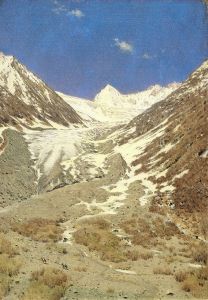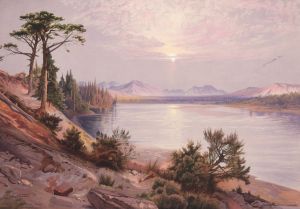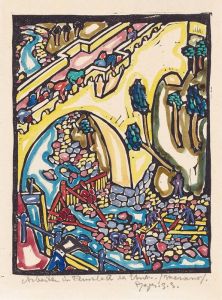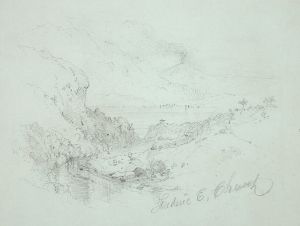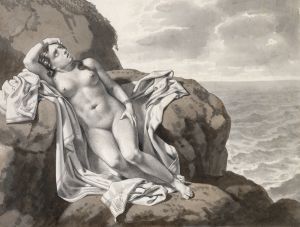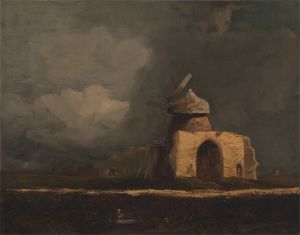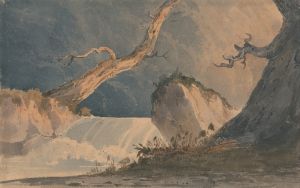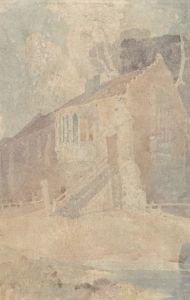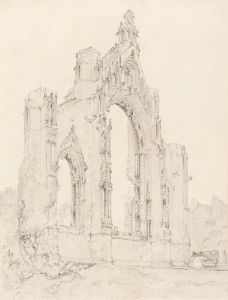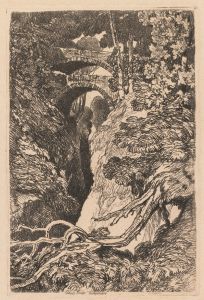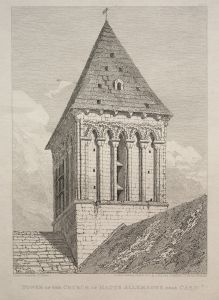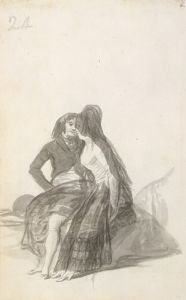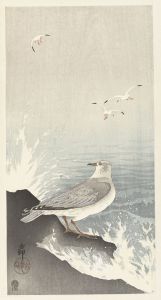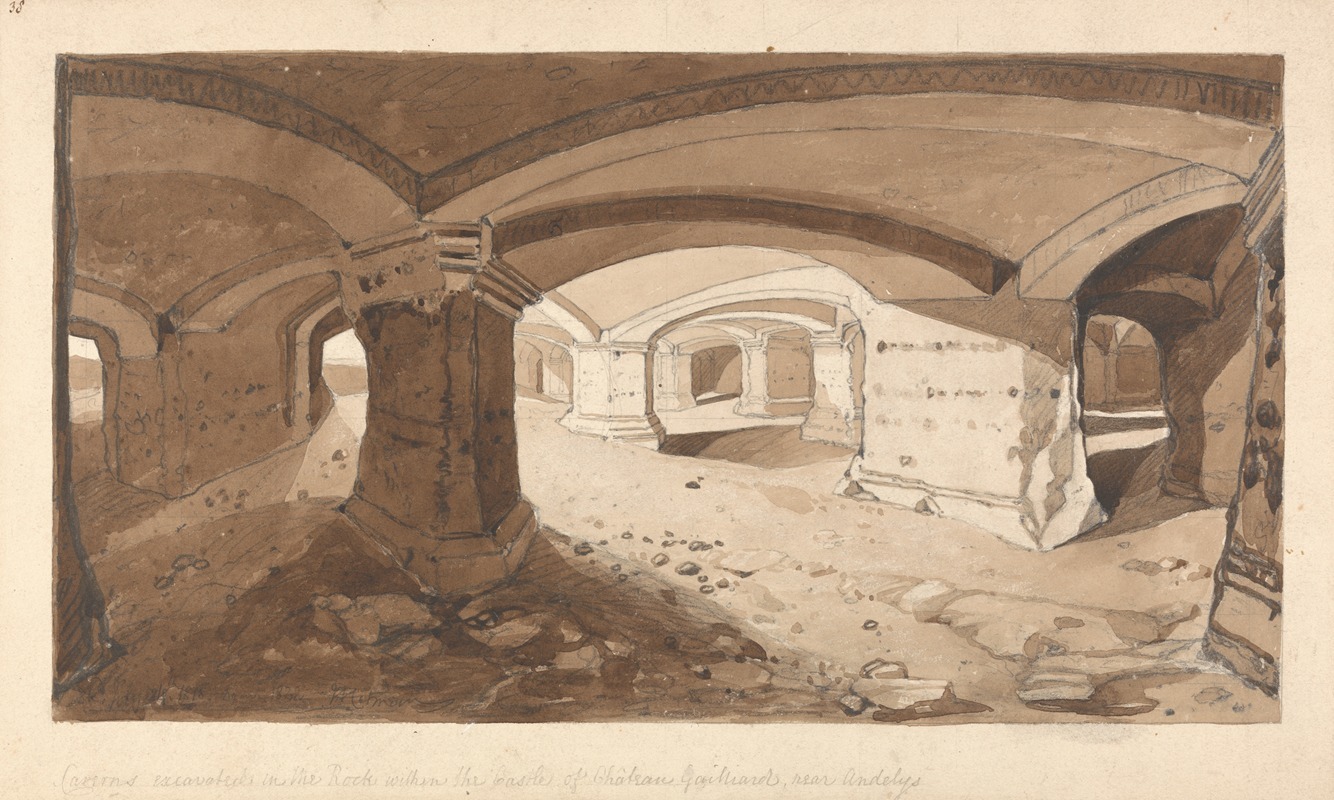
Caverns Excavated in the Rock within the Castle of Chateau Gaillard, near Andelys, Normandy
A hand-painted replica of John Sell Cotman’s masterpiece Caverns Excavated in the Rock within the Castle of Chateau Gaillard, near Andelys, Normandy, meticulously crafted by professional artists to capture the true essence of the original. Each piece is created with museum-quality canvas and rare mineral pigments, carefully painted by experienced artists with delicate brushstrokes and rich, layered colors to perfectly recreate the texture of the original artwork. Unlike machine-printed reproductions, this hand-painted version brings the painting to life, infused with the artist’s emotions and skill in every stroke. Whether for personal collection or home decoration, it instantly elevates the artistic atmosphere of any space.
John Sell Cotman, a prominent figure in the English Romantic movement, is celebrated for his contributions to landscape painting and printmaking. One of his notable works is "Caverns Excavated in the Rock within the Castle of Chateau Gaillard, near Andelys, Normandy," which exemplifies his skill in capturing architectural and natural elements with precision and artistic sensitivity.
Chateau Gaillard, the subject of this artwork, is a historic castle located near Les Andelys in Normandy, France. It was constructed in the late 12th century by Richard the Lionheart, King of England and Duke of Normandy, as a strategic fortification overlooking the River Seine. The castle's design and construction were considered advanced for its time, incorporating concentric defenses and innovative military architecture. Despite its formidable structure, Chateau Gaillard fell to French forces in 1204, marking a significant event in the history of Anglo-French conflicts.
Cotman's painting focuses on the caverns within the rock on which the castle is perched. These caverns are a natural feature of the limestone cliffs in the region, and Cotman’s depiction highlights the interplay between the natural landscape and human-made structures. His attention to detail and use of light and shadow bring out the textures of the rock and the architectural elements of the castle, creating a harmonious composition that reflects the Romantic era's fascination with the sublime and the picturesque.
Cotman visited Normandy several times between 1817 and 1820, during which he produced numerous sketches and studies of the region's architecture and landscapes. These trips were part of a broader trend among British artists of the time, who were drawn to the picturesque qualities of the French countryside and its medieval ruins. Cotman's work from this period is characterized by a meticulous approach to form and a subtle use of color, which can be seen in his treatment of the caverns and the castle in this painting.
The painting is executed in watercolor, a medium in which Cotman excelled. His technique involved layering washes of color to achieve depth and luminosity, a method that allowed him to convey the atmospheric effects and the play of light on the stone surfaces. This approach not only captures the physical attributes of the scene but also evokes a sense of history and timelessness, inviting viewers to contemplate the passage of time and the enduring presence of these ancient structures.
Cotman's work, including "Caverns Excavated in the Rock within the Castle of Chateau Gaillard, near Andelys, Normandy," has been influential in the development of landscape painting. His ability to blend topographical accuracy with artistic expression set a standard for future generations of artists. Today, his paintings are appreciated for their aesthetic qualities and their contribution to the understanding of early 19th-century landscape art.
The painting is part of Cotman's larger body of work that documents his travels and observations, providing valuable insights into the historical and cultural contexts of the places he depicted. Through his art, Cotman not only captured the physical beauty of these locations but also conveyed their historical significance and the emotions they inspired.





